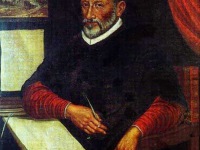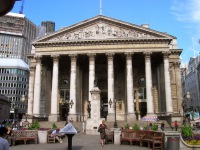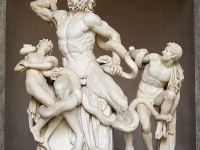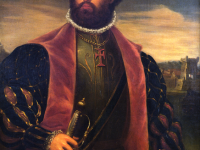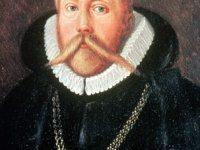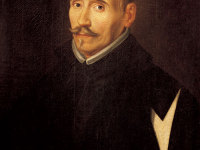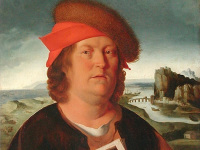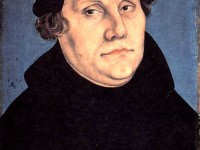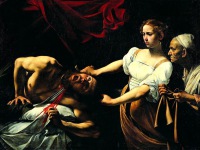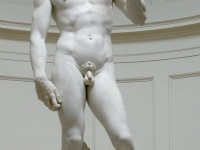Giovanni Palestrina and the Beauty of Polyphony
On February 2, 1594, Italian Renaissance composer of sacred music Giovanni Pierluigi da Palestrina passed away. He is the best-known 16th-century representative of the Roman School of musical composition and has had a lasting influence on the development of church music. His work has often been seen as the culmination of Renaissance polyphony. The Origins of Polyphony The origins of polyphony are assumed in the European vocal music of the late Medieval Era.…
Read more

